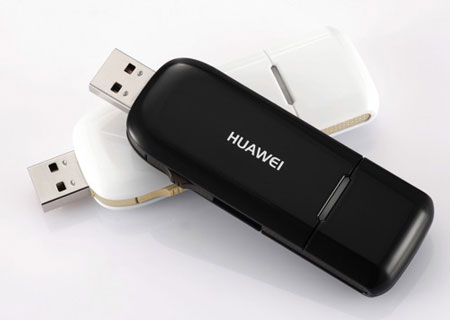This article is more than 1 year old
Cutting the cord: future mobile broadband tech
How internet on the go is going to get much faster
Welcome to the less caring, less conformist generation
Both WiMax and LTE make use of ODFM and Mimo. LTE only uses ODFM for the downlink (to the handset), but its implementation of Mimo is more advanced than WiMax and the technology is largely irreverent at this stage: it comes down to which technology is going to achieve the economy of scale necessary if it is to dominate.
3GPP Long-Term Evolution Timeline

Over the last few years, a war has been fought, largely between the companies owning the patents on the different technologies. Intel heavily invested in WiMax and has been fighting it out with Qualcomm, the latter's CMDA interests incorporated into LTE. Nokia has weighed in on the LTE site - when not fighting Qualcomm over ownership of CDMA. Intel's lack of experience in the mobile industry hasn't helped the WiMax cause, and LTE was specifically designed to appeal to network operators - Ericsson estimates that a WiMax network at 2.6GHz would need between 1.7 to 2.5 times as many basestations as a 3G network on the same frequency, figures which mean lot to network operators.
WiMax had a time advantage - the first version of the standard was completed back in 2005, though when comparing with the competition the WiMax Forum tends to use the recently ratified release 1.5 (802.16e revision 2) while ignoring the more-recently-published versions of HSPA. But that lead was eroded as regulators struggled to embody a new philosophy that has changed the way that radio spectrum is distributed and used.
Mimo, your Mo, everybody's mo
Mimo (Multiple input, multiple output), is basically the idea of having several aerials receiving different signals simultaneously, either to increase bandwidth, reliability or both. The technique is old news to the Wi-Fi crowd, but still leading edge in cellular.
In 4G networks, Mimo is used for two purposes: to create directional signals, and to increase the bandwidth available by sending multiple signals at the same time to be picked up by separate antennae. LTE, for example, uses the former technique to connect users at the edge of the cell, and the latter to provide greater bandwidth to those nearer the middle, at least in theory.

Huawei's E182: boosting HSPA to HSPA+ with Mimo
The problem with having multiple antennae is that they need to be physically separated, generally by at least quarter the wavelength being used. For 2.6GHz that's easy enough - a wavelength of around 12cm makes for aerials at least 3cm apart, ideally 6cm. But reduce the frequency into the digital dividend space and things get more crowded. A transmission at 600MHz has a wavelength of nearly 50cm, putting our antennae more than 12cm apart, which is tricky on a modern handset.
On the basestation things are easier, but only a little. A Mimo basestation can operate with antennae half a wavelength apart, but several times the wavelength works a lot better - up to ten wavelengths isn't considered excessive. That may be practical in some circumstances, though it does make a 600MHz basestation 5m wide.
